How Subaru Owners Are 'Regearing' Their CVTs So They Crawl Better
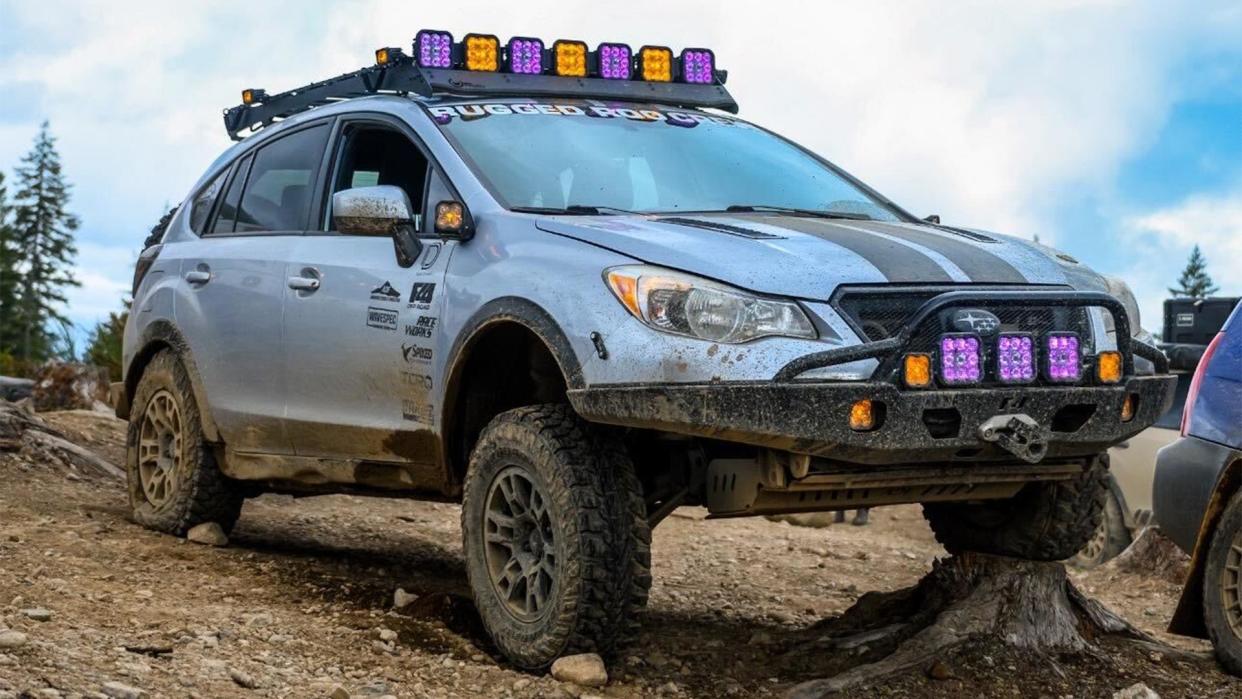
Subaru owners get a bad rap in the car community. So what if that guy with the WRX knows more about vape coils than wastegates or blow-off valves? And who cares if an Outback driver memorized their Aussiedoodle's DNA sequence but not their engine code? The cars are popular for a reason: They carry you and your stuff (almost) anywhere.
I talked to a handful of Subaru owners who are making their cars even better at that core purpose by "regearing" their continuously variable transmissions. CVTs don't have gears so much as pulleys (see our explainer here), so they achieve this by switching out the factory CVT for another whose built-in front differential has an improved final drive. From there, they swap in a correlating rear diff, completing the mod.
Clearly, these drivers care more about off-road performance than most Subie loyalists. And while those same CVTs draw the ire of blowhard enthusiasts across the internet, the units in these builds are being put to good use. It all starts with diving into the Subaru parts bin for some OEM+ upgrades.

I first found out about these mods when Milton Salguero posted in the Lifted Subie Society Facebook group. (We used to own a Forester, so you can bet I joined the day we drove it home.) Since I come from the world of trucks and 4x4s, you can probably imagine how my eyebrow raised when I read about his regeared, 2.5-liter engine-swapped Crosstrek, pictured at the top of the page.
"CVTs are interesting to work with. Most people have full four-wheel drives, two-speed transfer cases. That's a lot easier to work on, easier to regear, et cetera," Salguero told me over the phone. "Thankfully, a buddy of ours [Bruce Yeager] discovered that the parts within the CVT are identical between several platforms, whether it's Outback or Crosstrek or Impreza or Forester. They all use a TR580 transmission and all the internal parts, except the differential gears and wiring harnesses, are almost identical.
"All you have to do to make this swap work is change the valve body cover and the wiring harness from the original vehicle's transmission onto the donor transmission, which we've been taking off 2015-2017 Subaru Outbacks with the 2.5-liter naturally aspirated engine."
https://www.youtube.com/watch?v=dtIJ63ZgueA
Yeager was the first to make the mod on his 2013 Outback, which he's turning into a DIY Wilderness model of sorts. He's been chronicling the project online, both on YouTube and owner forums like subaruoutback.org. In his case, Yeager swapped his Subie's final drive ratio from 3.9:1 to 4.11:1—that means improved performance in low-speed situations like crawling.
Because the transmission's output shaft now has to rotate 4.11 times instead of 3.9 times to turn the differential gears one full rotation, wheel speed is slowed as a result. All the while, the lower gearing increases torque sent to the wheels, which are now turning at a slower pace. This means the car can climb up and over obstacles in a more controlled manner. This is especially helpful when your vehicle has upsized tires, as more torque is needed to turn the larger-diameter rubber.
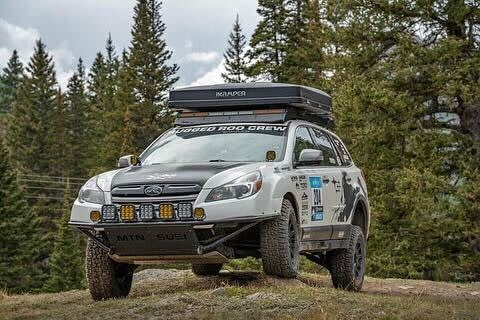
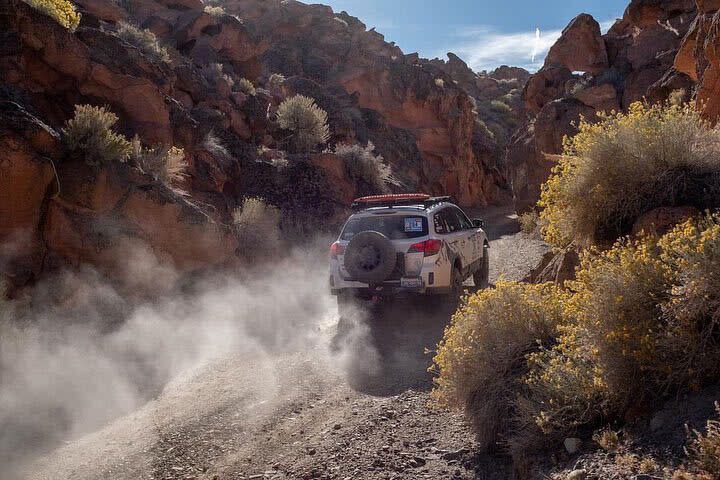
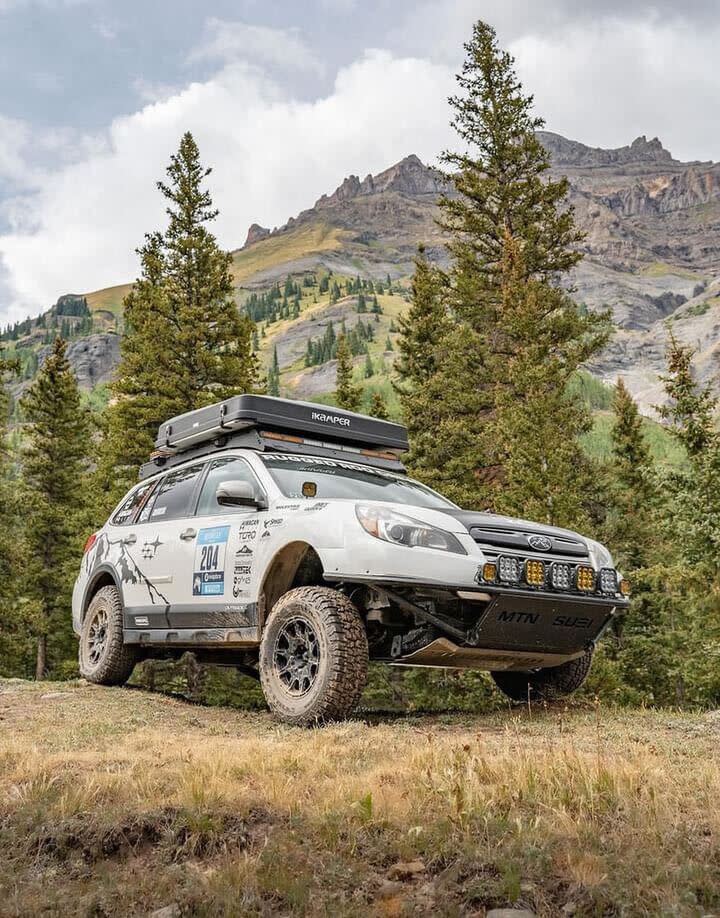
The next Subaru owner to do it was Carey Lando, a three-time Rebelle Rally competitor who goes by MtnSubi on social media. Her Outback's upgrade was actually forced when a CV axle lodged into the car's front differential. "Once we determined there were no other options to salvage the existing CVT, we sourced a new transmission and had it installed and working in 2-3 days," Lando told me. "My generation Outback is underpowered and has a lot of self-preservation programming for the older-generation CVT. It often bogged down during certain situations and this regear helped address some of that, and made it peppier to drive around town."
That's a common thread among these more modified Subarus. On-road performance has seen a healthy boost as well because now, the gearing is more well-suited to the taller tires. Salguero claims that his car's zero to 60 mph time jumped nearly two seconds, putting it close to where it was stock.
All this stems from a mod that's relatively inexpensive and simple to make:
"You can find these transmissions at pick 'n' pulls or through Facebook Marketplace," Salguero said. "I found two or three on Marketplace for between $450 and $500. All you have to do after that is match the rear differential and potentially change the rear axles, but that's not necessarily required. Once you swap those couple of things, you drive the car away like normal. It doesn't have any check engine lights or throw any codes. It just works.
"I did it over a weekend in a home garage with just normal jacks and whatnot. It's remarkably accessible for a lot of these Subaru owners to do."
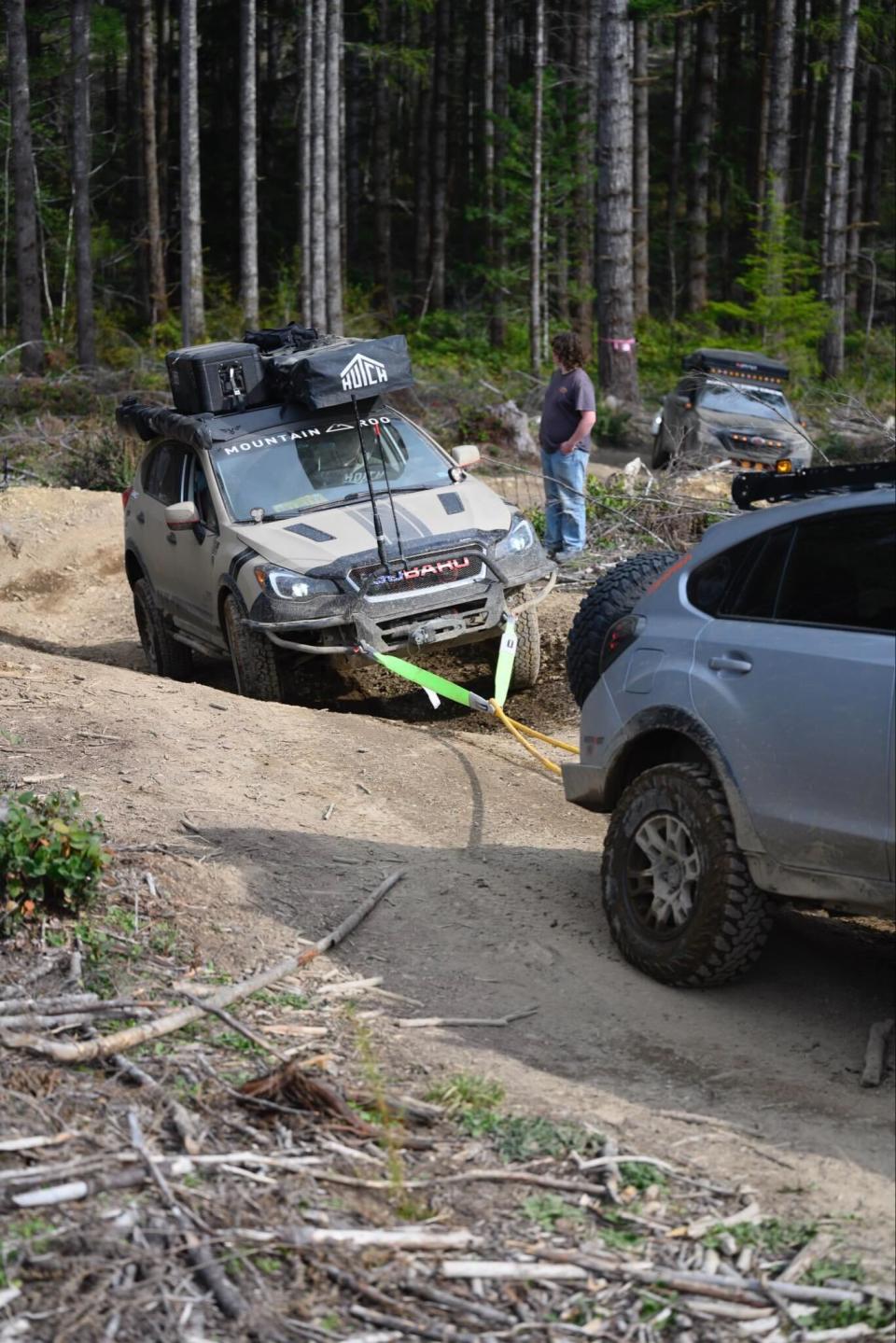
In closing, Salguero told me about an adventure he and a group of wheeling buddies went on in Washington's Tahuya State Forest. A friend with a Crosstrek learned while on the trail that his front motor mounts were toast, causing super harsh vibrations. Rather than drive it out, Salguero offered to tow it out with his Crosstrek. He finished the job, three-wheeling and articulating through dips and divots—all while pulling a 4,000-pound car with its transmission in neutral.
Times like those are when mods get the chance to prove themselves. For a DIY, OEM+ upgrade, I'd say that's not half bad.
Got a tip or question for the author? Contact them directly: caleb@thedrive.com

